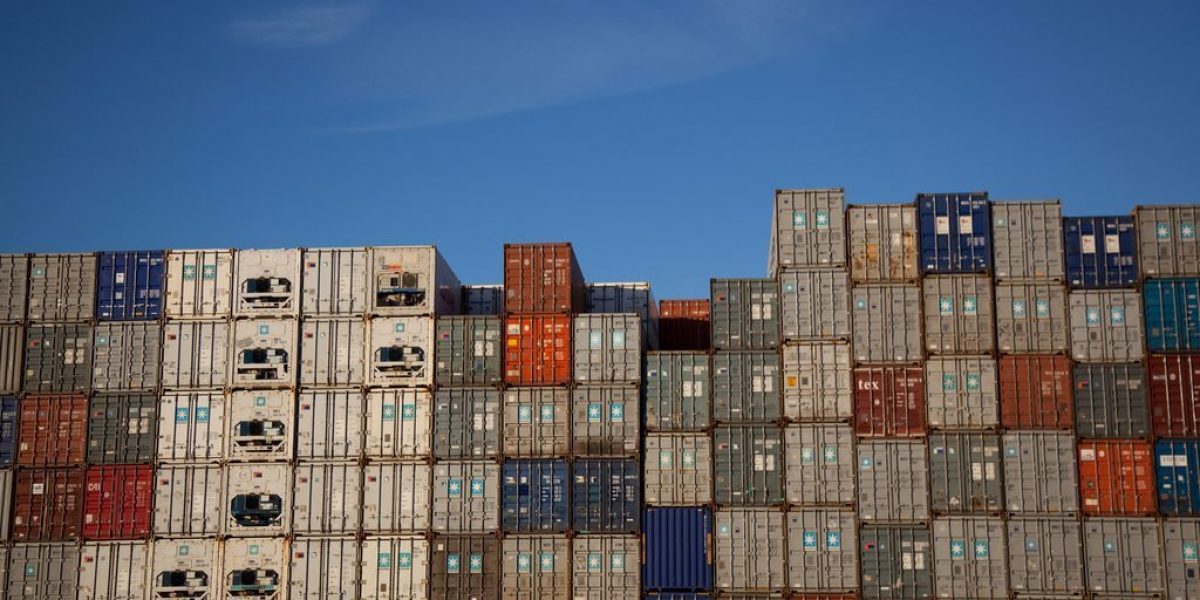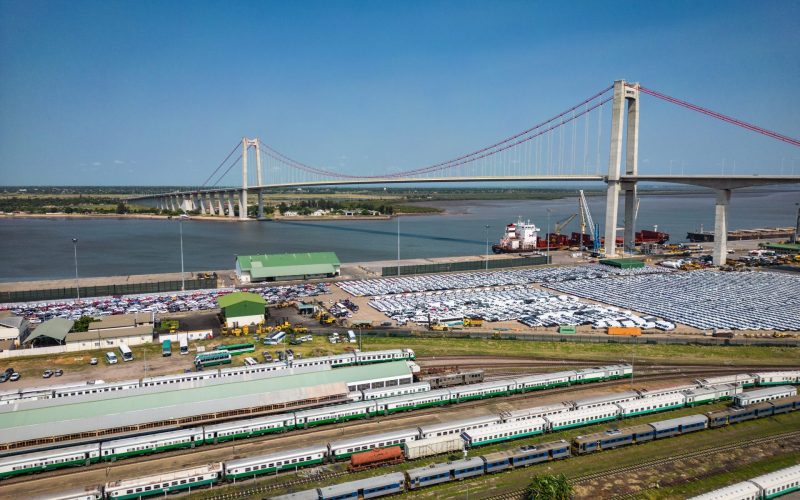Subsequently Peter Mandelson, EU Trade Commissioner, descended on Pretoria and Gaborone. What is going on? EPAs will replace longstanding EU trade arrangements for its former African, Caribbean and Pacific colonies. For decades they benefited from non-reciprocal preferential access to the EU market; in the wake of the infamous 1990s WTO “bananas” cases the EU opted to replace those arrangements with new WTO compatible, reciprocal EPAs. Arrangements for trade in goods (Interim EPAs) had to be in place by the end of 2007, and in SACU’s case the resolution was problematic. Negotiations will resume soon to include services trade and investment. The latter is another source of tension as Pretoria remains reluctant to embark on such negotiations, whereas its SACU partners, excepting Namibia, are reportedly ready.
The SADC IEPA was initialed by Botswana, Lesotho, Namibia, and Swaziland but, significantly, not South Africa (the five comprise the Southern African Customs Union – SACU). SACU is the core of the “SADC” EPA group. Eight of SADC’s 15 members negotiated (Tanzania, Mozambique, Angola, and SACU), whereas 5 initialed this IEPA (Mozambique plus the SACU four). Tanzania sensibly opted to join the East African Community IEPA; Angola wants more time; and South Africa already has its own trade agreement with the EU (the TDCA). Indeed, this is not a SADC group at all.
Relations in SACU, the oldest customs union in the world, are not well. The EU is not entirely to blame. Many in Botswana, Lesotho, and Swaziland feel that they have strained under the yoke of SA dominance for too long. Furthermore, SACU’s trade integration agenda stalled some time ago amidst a host of exclusions to internal free-trade and trade facilitation problems; and its deeper integration agenda is barely out of the starting gate. So it could remain fundamentally a revenue transfer mechanism, characterized primarily by SA transfers to its neighbours.
Yet the SA Treasury is increasingly uncomfortable with that transfer, and may seek to reduce or stop it altogether and replace it with a “development fund”. This resonates with the Department of Trade and Industry’s irritation with its SACU partners breaking ranks during the EPA negotiations. Some fear that SACU may break up, but its dissolution would send a powerful political signal to Africa that SA is not serious about regional economic integration. That would entail broader repercussions over SA investment into the continent. These dynamics bring the Department of Foreign Affairs and the Presidency into play. Yet with SA’s “two centres of power” it is not clear how these internal tensions will resolve themselves.
For all these reasons interest in the mooted SADC customs union could revive. But that poses serious policy dilemmas for SA and its regional partners. Not least of these is how a broader common external tariff could be constructed. For this reason alone (and there are others) it is uncertain whether a SADC customs union could be formed at all.
Further abroad regional leadership is in short supply: Kenya finds it difficult to get back on the rails and Zimbabwe is on the cusp of chaos (again); so who can drive the regional economic integration agenda? What options does Pretoria, in its post-Polokwane naval-gazing phase, have to salvage the situation?
First, SA has to publicly demonstrate regional leadership by recognizing its SACU partner’s rights, under Article 31 of the SACU Agreement, to sign the SADC EPA.
Second, a SA gesture to negotiate aspects of the services and regulatory issues so dear to the EU would reduce tensions all round. Services are at the core of government’s economic policies – communications, transport, and energy in particular. Because of supply constraints in the SA economy, these sectors need competition and foreign investment if our growth targets are to be met. Why not liberalize those constraints that inhibit market access in these sectors and lock these in through a trade deal with the EU? The reciprocal nature of the negotiations could even result in concessions for South African service providers looking to move into the European market. Such an approach may bring our SACU partners back into the fold, win substantial goodwill in the EU, and serve our economic interests at the same time.
Third, SA and especially the Treasury must accelerate its plans for a SACU development policy through establishing a dedicated regional fund.
Finally, the EPAs may bring some benefits; new policies for global integration and better regional structures. The latter requires realistic membership configurations and respect for legal obligations. Such developments will only come about through visionary leadership. The jury is still out.








